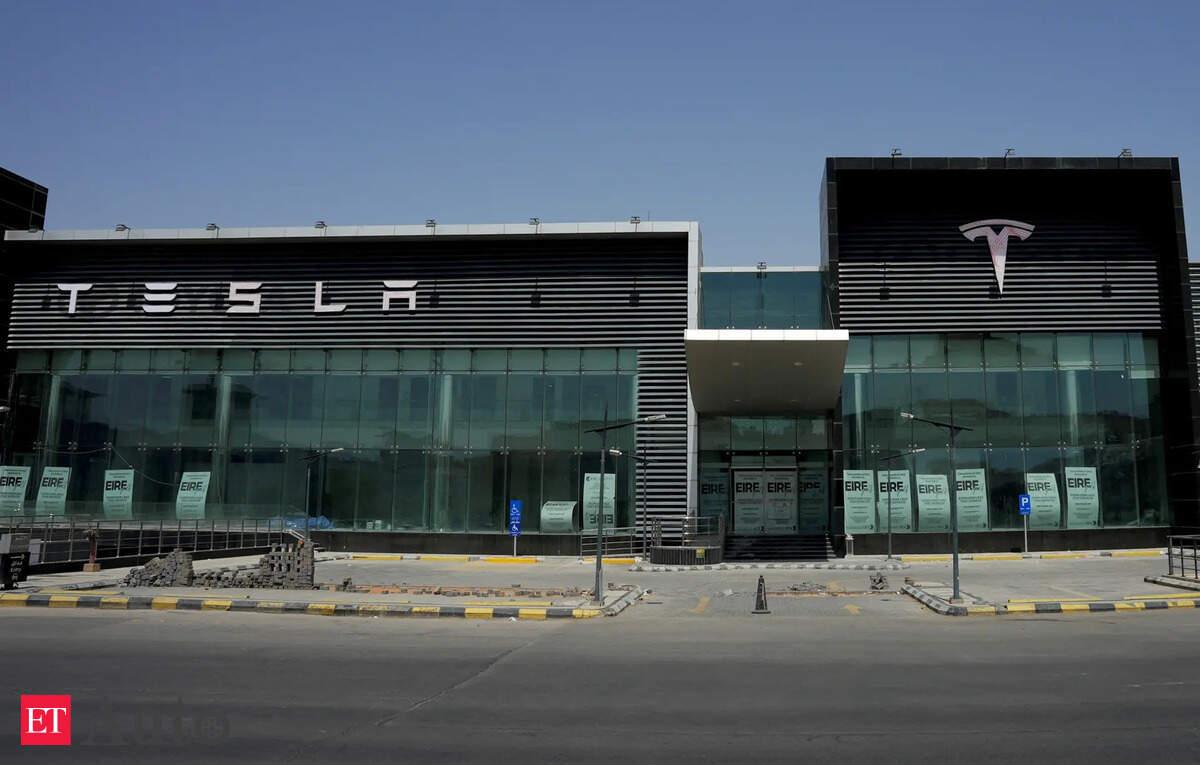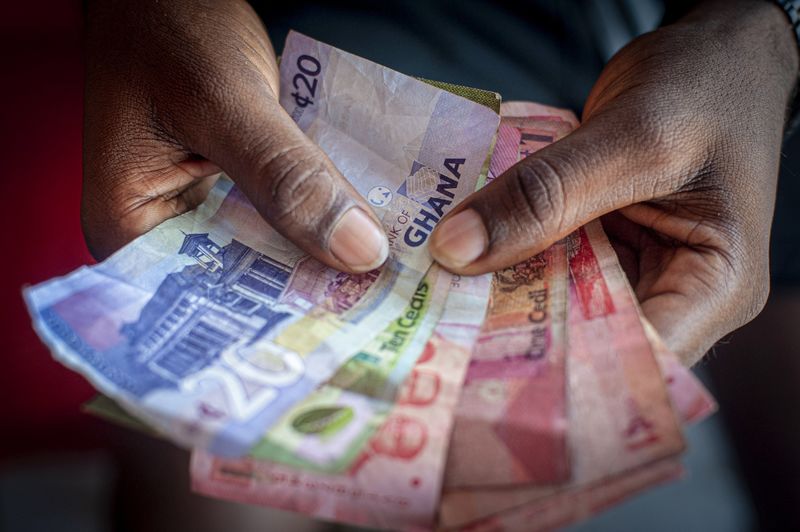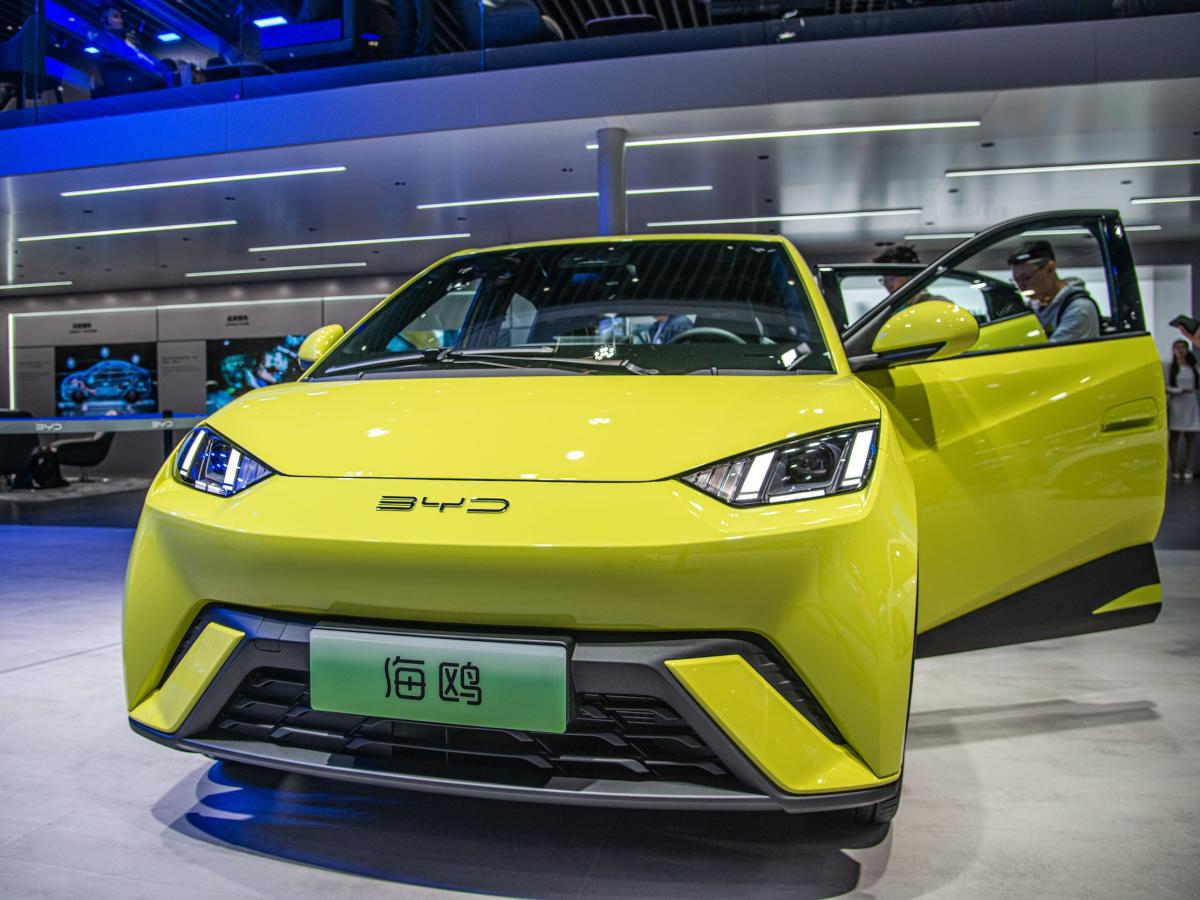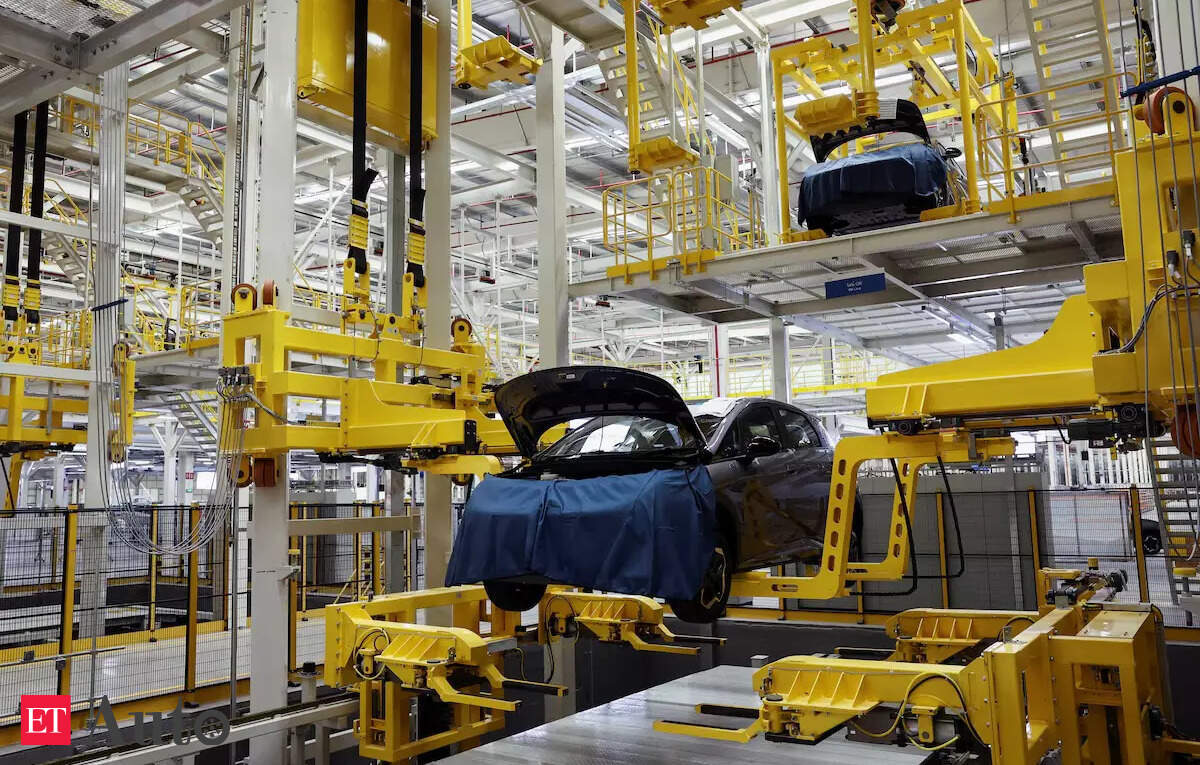Tesla's $584 Billion Wipeout

Tesla's dominance in the electric vehicle (EV) market is facing significant challenges as of April 2025. Once celebrated for its innovation, Tesla is now grappling with slowing demand, increased competition, geopolitical risks, and a CEO whose attention is divided.
BYD's Charging Technology Undercuts Tesla in China
Tesla’s lead in EV infrastructure is at risk. In March 2025, Chinese competitor BYD launched a next-generation fast-charging station that provides 400 kilometers (around 250 miles) of range in just five minutes, surpassing Tesla's top Supercharger performance. BYD, which already outsold Tesla in battery EVs last quarter, plans to roll out 4,000 of these new chargers across China. This development intensifies competitive pressure on Tesla, particularly in a market that accounts for 22% of its revenue. Tesla's China sales in February saw a sharp decline of 49% year-on-year, marking its worst monthly performance since August 2022.
Tariff Crossfire Mounts Pressure
Tesla's exposure in China is further threatened by escalating trade tensions. U.S. President Donald Trump's announcement of 34% “reciprocal” tariffs on Chinese imports prompted a matching response from Beijing. These measures are particularly significant for Tesla, which relies on China for a fifth of its revenue and operates its most productive manufacturing facility there. While Tesla sources most components locally, the broader conflict casts a shadow over consumer sentiment and brand perception in one of Tesla’s most important markets.
Global Demand Shows Signs of Strain
Tesla’s first-quarter deliveries came in at 336,681 vehicles—down 13% from a year earlier and missing even the low end of consensus estimates. It marks the worst quarterly drop in the company’s history. In Europe, the picture is even bleaker. January sales fell 45% year-on-year, and the trend worsened in February, with registrations in Germany plunging 76%. In contrast, rival BYD reported a 39% jump in global EV sales in the first quarter, reinforcing concerns that Tesla is losing share in key international markets.
Elon Musk’s Political Role Fuels Backlash
Investor anxiety is also growing over Elon Musk’s increased involvement in politics. As head of the Trump administration’s Department of Government Efficiency (DOGE), Musk has faced mounting criticism, with some blaming his alignment with far-right causes in the U.S. and Europe for a consumer backlash. Tesla has seen targeted protests at showrooms and vandalism at some charging stations in Europe. Deliveries in the region fell 49% in the first two months of the year. In the U.S., repeat purchases by Tesla owners have dropped to 65% in Democrat-leaning states, while holding steady at 48% in Republican ones. Musk recently admitted to having “great difficulty” dividing his time between Tesla and his government duties—remarks that did little to calm shareholders.
A Shifting Narrative
The Tesla story has changed. Once a market darling prized for its innovation and vision, the company now faces a thicket of challenges: slowing demand, intensifying competition, geopolitical risk, and a distracted CEO. While its long-term bets on AI and robotics remain intact, the company’s core EV business is under pressure—and for now, investors are voting with their feet. Tesla shares closed 5% lower at $221.86 on Tuesday, extending their 2025 decline to 45% and pushing the stock nearly 55% below its all-time high of $488.54 set in mid-December. The electric vehicle maker has now lost nearly $584 billion in market value this year as mounting competitive, political and operational pressures intensify.












